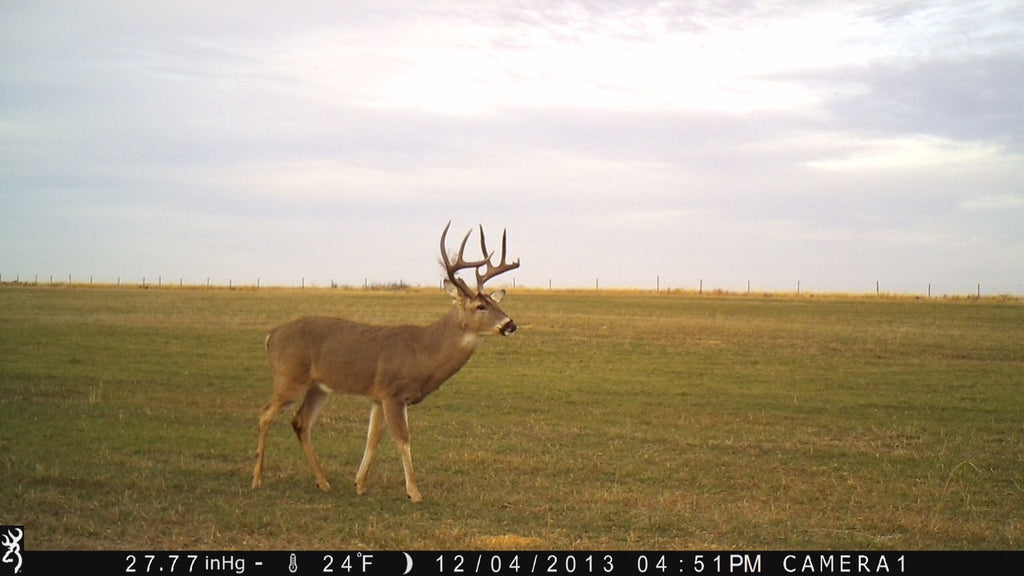November Whitetail Hunting Tactics

In northern states, the rut may now be in full swing. In parts of the Midwest, the peak may be tapering off. And in the South, the main event might still be weeks away. Wherever you are, November is the month when deer behavior starts to shift dramatically. This is the time when trail cameras become your most valuable scouting tool.
Understanding November Deer Movement
Whitetail movement in November is highly dependent on region and temperature. In the North and Midwest, bucks are often chasing does through the first two weeks, creating bursts of intense daylight activity. Farther south, movement may still be building as bucks begin checking scrapes and expanding their range.
Regardless of where you hunt, November is a time of change. Deer that were nocturnal in early fall start moving more during daylight, and established travel routes evolve as breeding and food sources drive new behavior. Your trail cameras capture this transition in real time, revealing how deer respond to pressure, weather, and the breeding cycle in your specific area.

Key Locations to Focus On
No matter when the rut peaks, certain locations remain consistent producers. Transition zones between bedding and feeding areas, creek crossings, and natural funnels are reliable setups all month long. If you are hunting open country, watch the edges where cover meets food sources. In big timber, saddles and benches where multiple trails converge can be perfect ambush points.
Trail cameras help identify which of these areas are currently hot. Reviewing photos for repeated daylight movement will tell you which routes are active and when bucks are most likely to use them.

Trail Camera Strategy for November
November is a month when deer patterns can change almost overnight. Your camera setup should adapt with them. Place a few cameras in likely travel corridors and another near primary food sources. Move them as new sign appears.
If you run cellular trail cameras, take advantage of instant photo delivery. Real-time updates let you track shifts in deer movement without disturbing your best areas. Limiting foot traffic keeps deer calm and predictable.
Reading What Your Cameras Tell You
Every photo is a clue. When you start seeing daylight movement of mature bucks, note the wind direction, time, and travel direction. A pattern will begin to form. Even a few consistent data points can reveal which stand to hunt next.
Pay attention to what changes in your photos. Are bucks starting to show up near scrapes more often? Are they visiting food sources later in the evening? Those subtle shifts signal the next phase of the season.


Late November Adjustments
As the month progresses, and rut activity cools in some regions, food will become the primary motivator once again. Bucks that spent weeks chasing does need to recover. Standing grain, brassica plots, and oak flats become reliable draws, especially during cold fronts.
In southern states where the rut is just beginning, trail cameras may show bucks ramping up activity around scrapes and chasing does during daylight. The key is recognizing which stage your area is in and adjusting your tactics accordingly.
Wrapping Up
There is no single formula for November whitetail success. The timing of the rut, regional food availability, and hunting pressure all play major roles. But by using your trail cameras strategically, you can read the story your deer are telling in real time.
Whether your rut is heating up, winding down, or still a few weeks away, Browning Trail Cameras help you stay in tune with the action. Smart scouting, patient observation, and data-driven decisions turn November from a guessing game into your best hunting opportunity of the year.
